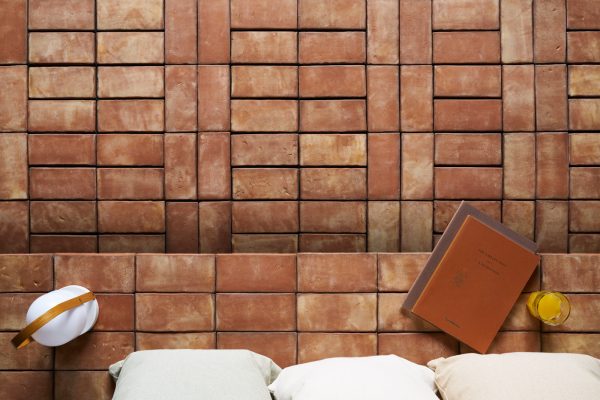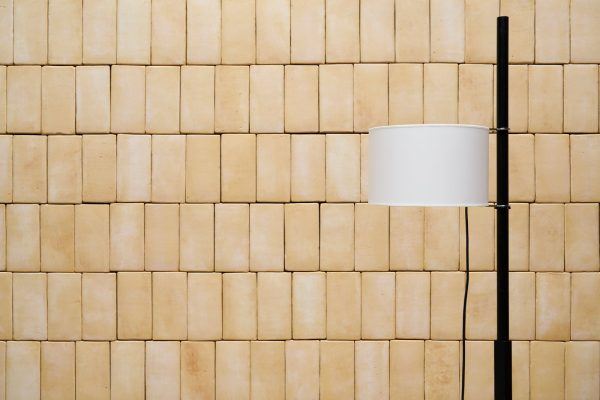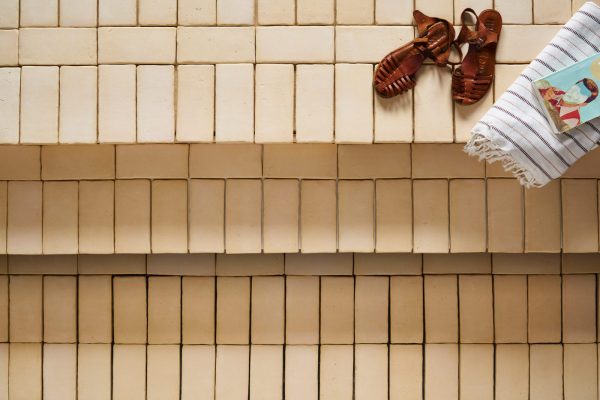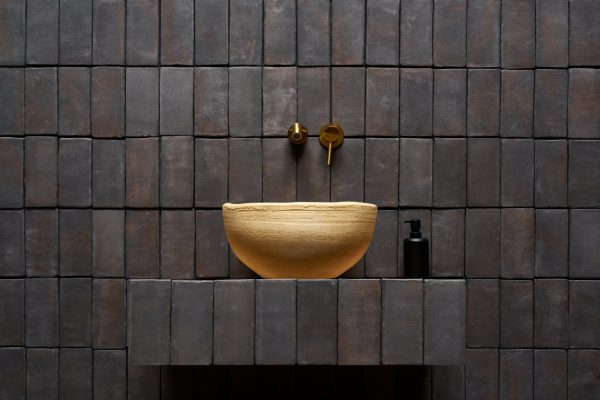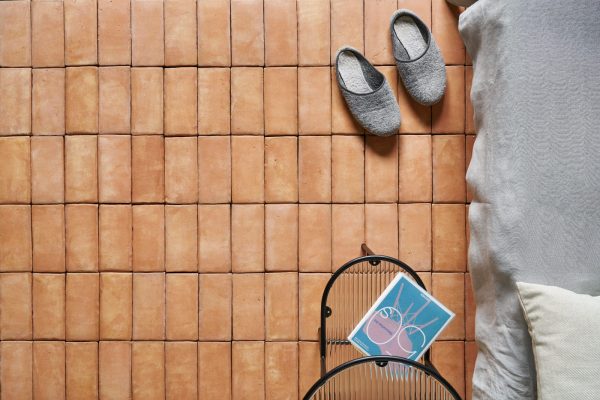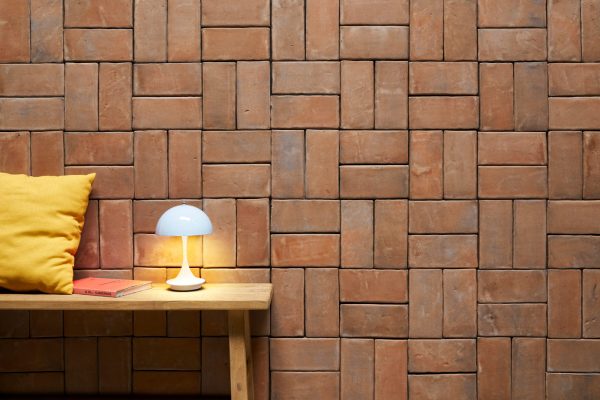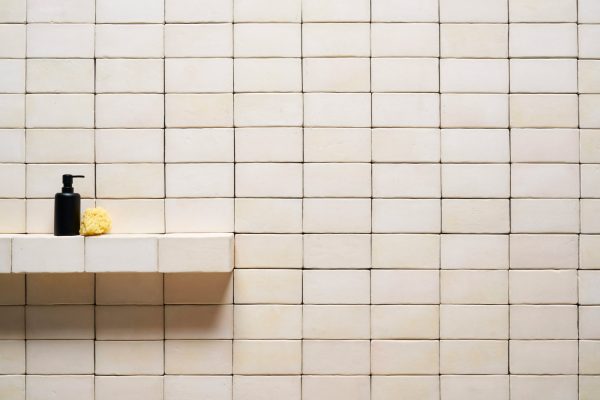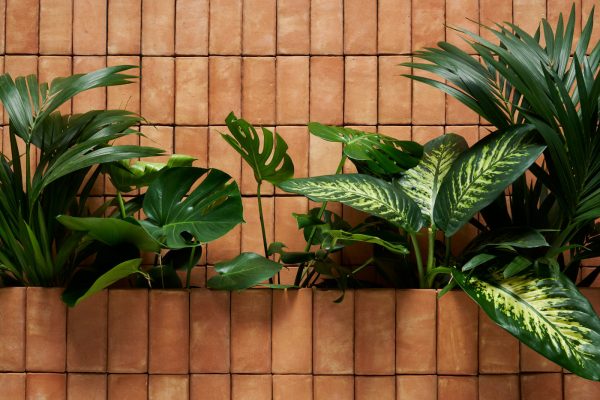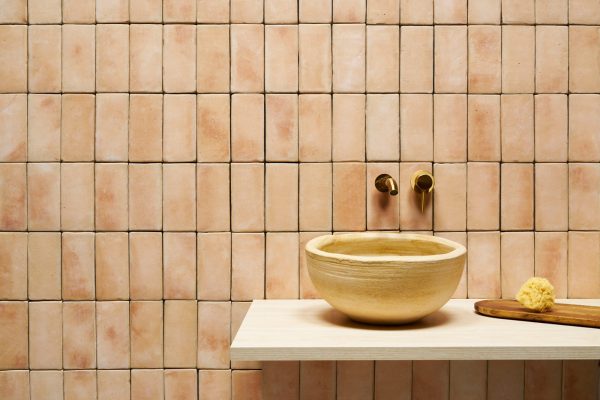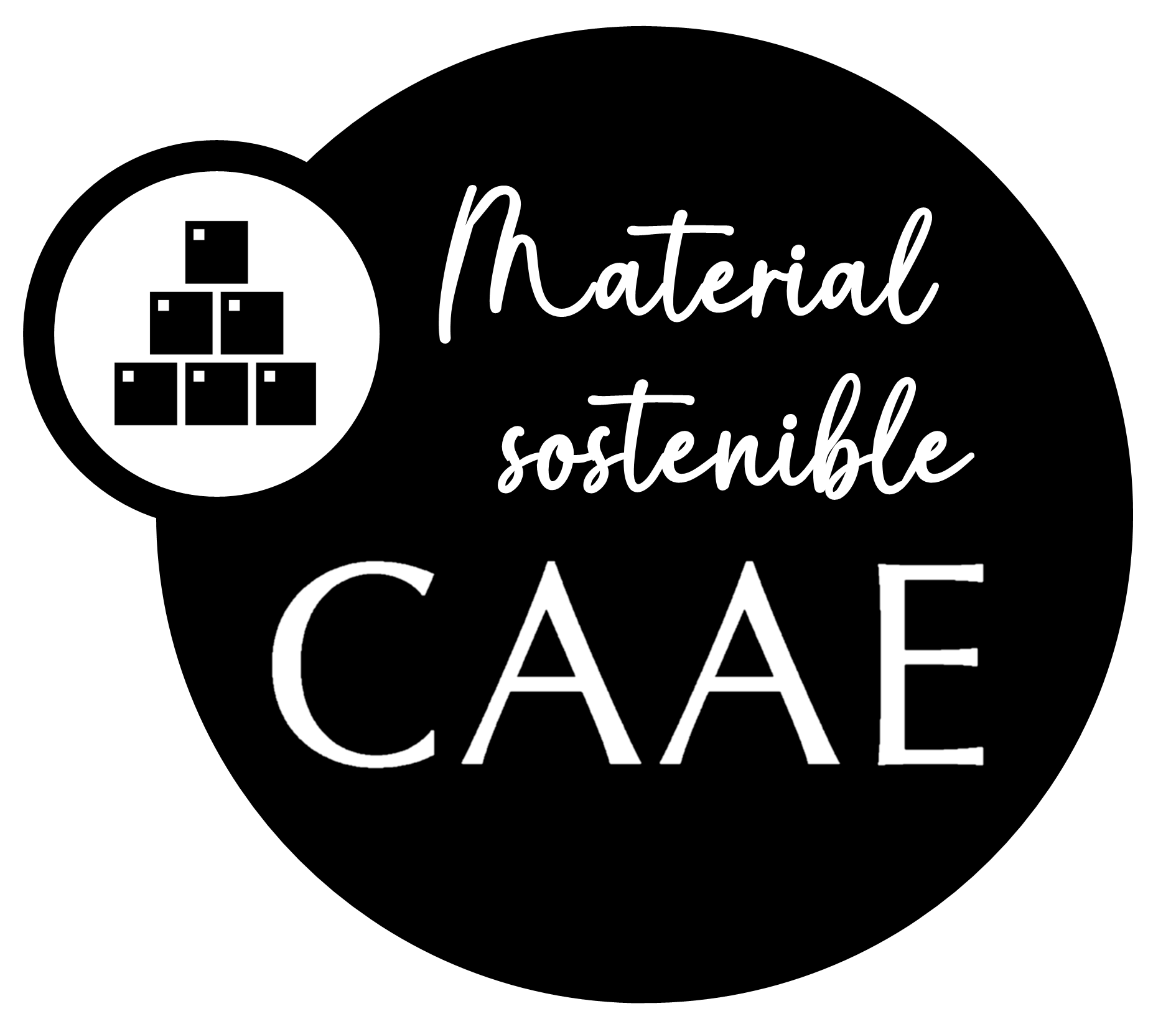High-fired clay tiles
Fired clay is a pure and simple raw material, but through different kneading, molding, and firing techniques, we can achieve products with very different results. The temperature at which a piece of clay is fired in the kiln influences both its properties and the appearance of the finished product. At todobarro, we fire our high-fired clay tile pieces at temperatures above 1400ºC. This temperature is higher than that usually required for other kinds of pieces, such as terracotta or glazed tiles. By subjecting the clay to such high temperatures in our traditional Nasrid kilns, the pieces become much more resistant to adverse environmental conditions.
This resilience and durability against the elements makes high-temperature clay tiles the ideal choice for installation outdoors, in gardens, on terraces, and in other areas regularly subjected to frost, low temperatures, or frequent and persistent rainfall during the cold months. The high firing temperature gives the clay a high resistance to moisture, making it perfect for covering swimming pools, fountains, pool basins, or any other surface that is submerged or in constant contact with water.
Its low porosity index makes the task of cleaning and protecting the tiles easier and, after a correct appliance, reduces the risk of surface stains, thus protecting the delicate tones of the clay.
For “Tierra,” our first high-fired clay tile collection, we drew inspiration from the nuances of our Andalusian homeland. The collection takes us on a chromatic journey from the lightness of the dunes of Bolonia to the darker tones of the sand on Carboneras beach, passing through the coppery shades of Alquife and the browns of Torcal. Achieved through the pigments present in the clay, the shades of our high-temperature clay tiles feature the natural variations that appear on the surface of all our tiles.
As with all our products, we manufacture our high-temperature clay tiles using traditional and sustainable methods. Our master craftsmen make the tiles one by one, following the principles of neo-craftsmanship, which combines tradition, research, and sustainable development. The result is that, while respecting the aesthetic harmony of the craft, each of our pieces is unique and unrepeatable.


